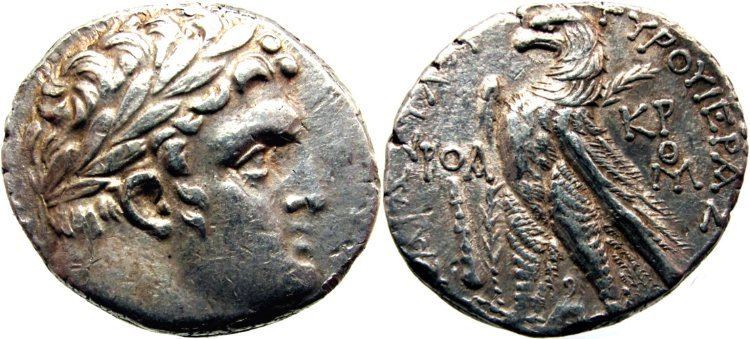 | ||
Third temple half shekel temple tax reinstated by sanhedrin
The Temple tax was a tax which went towards the upkeep of the Jewish Temple, as reported in the Mishna and New Testament, and based on an interpretation of Exodus 30:13.
Contents
- Third temple half shekel temple tax reinstated by sanhedrin
- Matthew 17 24 27 jesus and the temple tax
- Hebrew Bible
- New Testament
- After the destruction of the Temple
- References
Matthew 17 24 27 jesus and the temple tax
Hebrew Bible
In later centuries, the half-shekel was adopted as the amount of the Temple Tax, although in Nehemiah 10:33–34 the tax is given as a third of a shekel.
After the return under Nehemiah, Jews in the Diaspora continued to pay the Temple tax. Josephus reports that at the end of the 30s CE "many tens of thousands" of Babylonian Jews guarded the convoy taking the tax to Jerusalem (Ant. 18.313).
New Testament
The tax is mentioned in the Gospel of Matthew in the New Testament, when Jesus and his disciples were in Capernaum. The collectors of the temple tax (Greek: διδραχμα, didrachma) came to Peter and said "Does your teacher not pay the temple tax?" The narrative, which does not appear in the other gospels, leads to a discussion between Jesus and Peter about payment of the taxes levied by the "kings of the earth", and the miracle according to which Peter finds a stater (Greek: στατηρα), in the mouth of a fish, which is used to pay the tax due for both of them. The stater "was reckoned as equal to four drachmæ, and would therefore pay the didrachma both for Peter and his Master".
The word "temple" does not appear in this text and the illustration used in the passage refers to an example of royal and not religious taxation, prompting the question of whether this was the temple tax or a national tax.
After the destruction of the Temple
The first Roman attempt to halt payments of the tax was made long before the Jewish War on account of customs controls. The Senate had forbidden the export of gold and silver, but the Jews of Italy continued to pay the Temple tax. In 62 BCE L. Valerius Flaccus, governor of the province of Asia, issued an edict forbidding the Jews of his province from sending the tax to Jerusalem. After the destruction of the Temple in Jerusalem in AD70 a, new Roman tax was imposed for taxation of the Jews, the Fiscus Judaicus diverted into imperial coffers.
